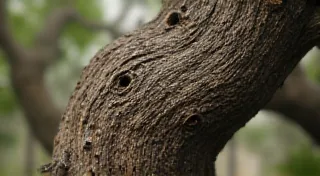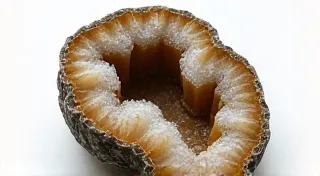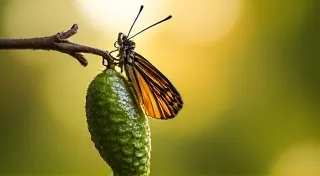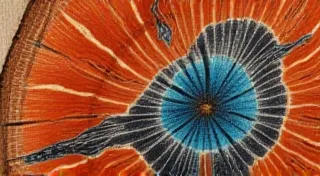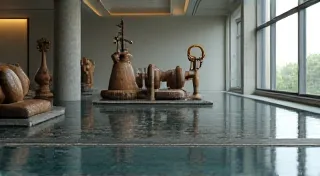Ephemeral Forms: The Penknife's Dialogue with Impermanence
There's a quiet dignity in holding a well-worn penknife. It’s a tool that bridges generations, a silent witness to countless hours spent in focused creation. More than just a carving implement, it's a conduit to a history steeped in practicality, folk art, and a profound understanding of impermanence. My own introduction to this world came through my grandfather, a taciturn man who communicated more through calloused hands and the shavings curling from a block of basswood than he ever did with words. He wasn't trying to create masterpieces; he was simply *making* – shaping, revealing the latent form within the wood, knowing full well that even his most cherished creations would eventually return to the earth from whence they came.
The history of penknife whittling isn't a grand narrative of celebrated artists and royal commissions. It's woven into the fabric of everyday life, particularly in rural communities across Europe and North America. Before the advent of power tools, and even before the rise of sophisticated carving implements, the humble penknife was the universal tool for shaping wood. Farmers carved simple toys for their children, sailors crafted figures to ward off loneliness on long voyages, and rural folk created utilitarian objects and decorative items from scraps of discarded wood. This wasn't about permanence; it was about resourcefulness, about finding beauty and purpose in what was readily available.
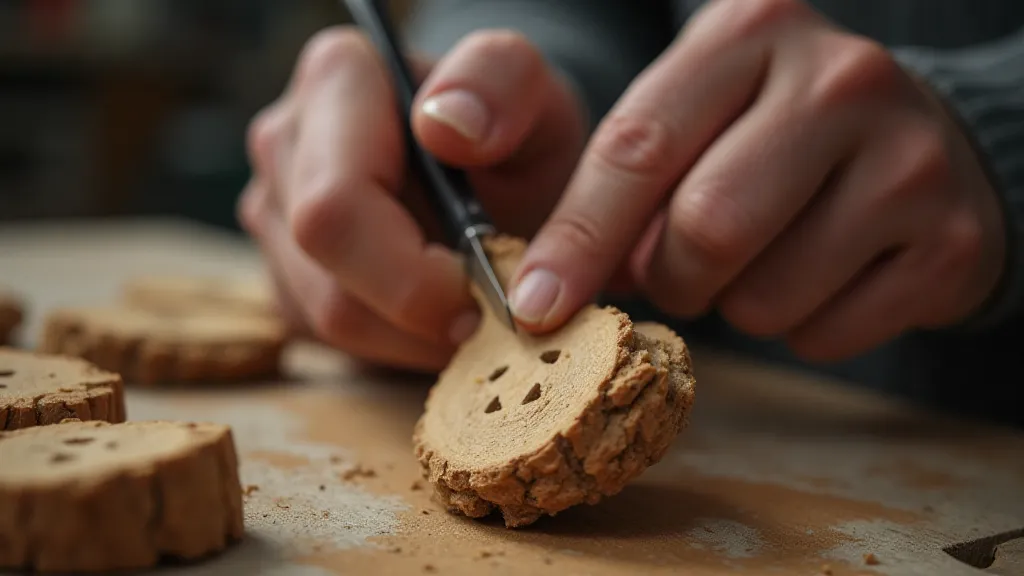
From Utility to Folk Art
Early examples of penknife whittling were almost entirely functional. Handles for tools, spools for thread, simple bowls – all born from the skill of a craftsman with a single, versatile tool. But as communities flourished, so too did the desire to embellish, to express. Folk art carving emerged organically, often inspired by nature, religious beliefs, and the stories passed down through generations. These weren't standardized creations; each piece bore the unique mark of the carver’s hand and their individual interpretation of the world around them. Think of the charming wooden animals that appeared on German Christmas trees, or the whimsical caricatures carved by Appalachian artisans – these were testaments to the human need for beauty and expression, achievable with the most basic of tools.
The late 19th and early 20th centuries saw a surge in popularity for folk art carving in both Europe and the United States. This period coincided with increasing industrialization and a longing for connection to simpler times. Collectors began to recognize the value of these unassuming creations, elevating them from mere folk objects to works of art. It’s ironic, isn’t it? The very thing that defined their value – their inherent ephemerality, their humble origins – became the very reason they were sought after.
The Accordion’s Parallel: A Resonant Echo
Thinking about penknife whittling often reminds me of antique accordions. They, too, are relics of a bygone era, instruments crafted with immense skill, often from wood and featuring intricate carvings. I'm fascinated by the patience required to carve each key, each button, to create an instrument capable of such expressive music. Like a carved wooden figure, an accordion is susceptible to decay; the leather bellows crack, the wood warps, the intricate carvings erode. Their beauty lies not just in their sound, but in the tangible evidence of the craftsman’s touch, a touch vulnerable to the relentless passage of time.
Restoring an antique accordion is a delicate dance between preservation and intervention. You can’t simply replace a worn piece without losing a piece of its history, a fragment of its soul. Similarly, with a carved wooden figure, attempts to “perfect” it can strip away the very characteristics that make it unique. The slight asymmetry of a carved eye, the rough texture of an unrefined cheek – these aren't flaws; they’re signatures of the hand that shaped them.
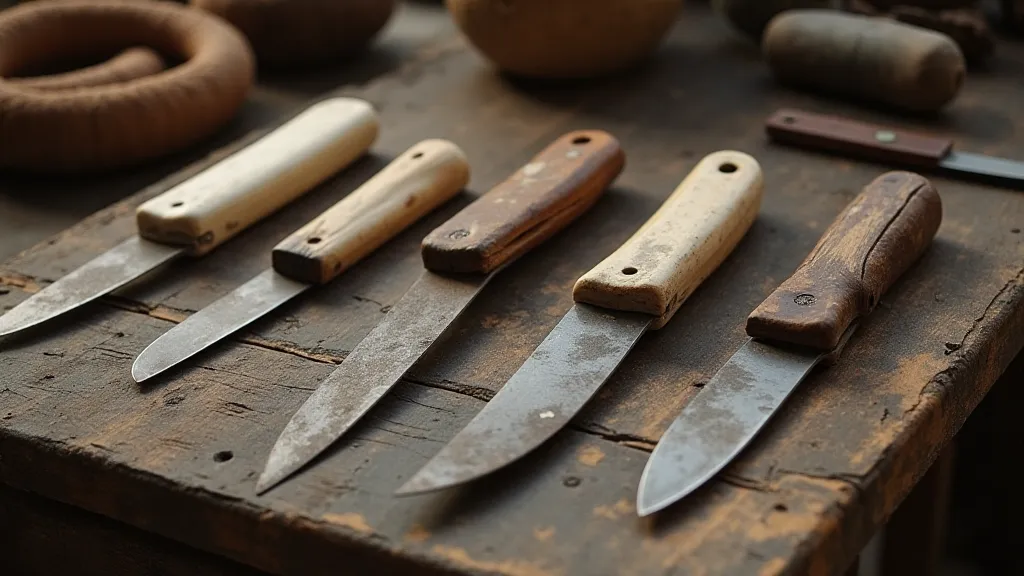
Embracing Impermanence: The Beauty of the Fleeting
The heart of penknife whittling, I believe, lies not in the finished product, but in the process itself. It's about embracing the ephemeral nature of wood, accepting that each carving is a temporary manifestation, destined to return to the earth. There's a certain freedom in this understanding; the pressure to create a “perfect” object dissolves, replaced by a willingness to experiment, to learn from mistakes, and to simply *be* in the moment.
My grandfather never displayed his carvings. They weren’t meant for show. They were offered as gifts, given away freely, or simply left to weather in the garden, a testament to his understanding that true beauty isn’t about permanence, it’s about connection – connection to the material, connection to the act of creation, and connection to the fleeting beauty of the present moment.
When I carve now, I try to channel that spirit. I’m not striving for perfection; I’m simply engaging in a dialogue with the wood, allowing it to reveal its potential, knowing that even the most cherished creation will one day return to the earth. And in that return, there’s a profound and quiet grace, a reminder of the cyclical nature of life, and the enduring beauty of impermanence.
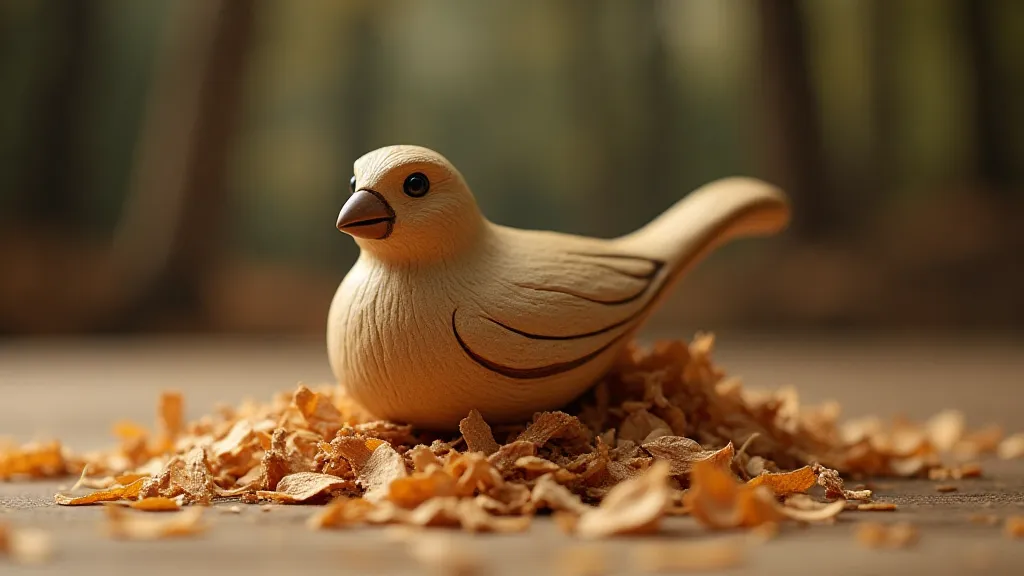
The Legacy Continues
Penknife whittling isn’t just a craft; it's a connection to a history of resourcefulness, creativity, and a deep appreciation for the natural world. It's a reminder that beauty can be found in the simplest of things, and that true artistry lies not in creating something that lasts forever, but in embracing the fleeting beauty of the present moment. Picking up a penknife isn't just about creating an object; it's about engaging in a timeless dialogue with wood, history, and the very essence of impermanence.
